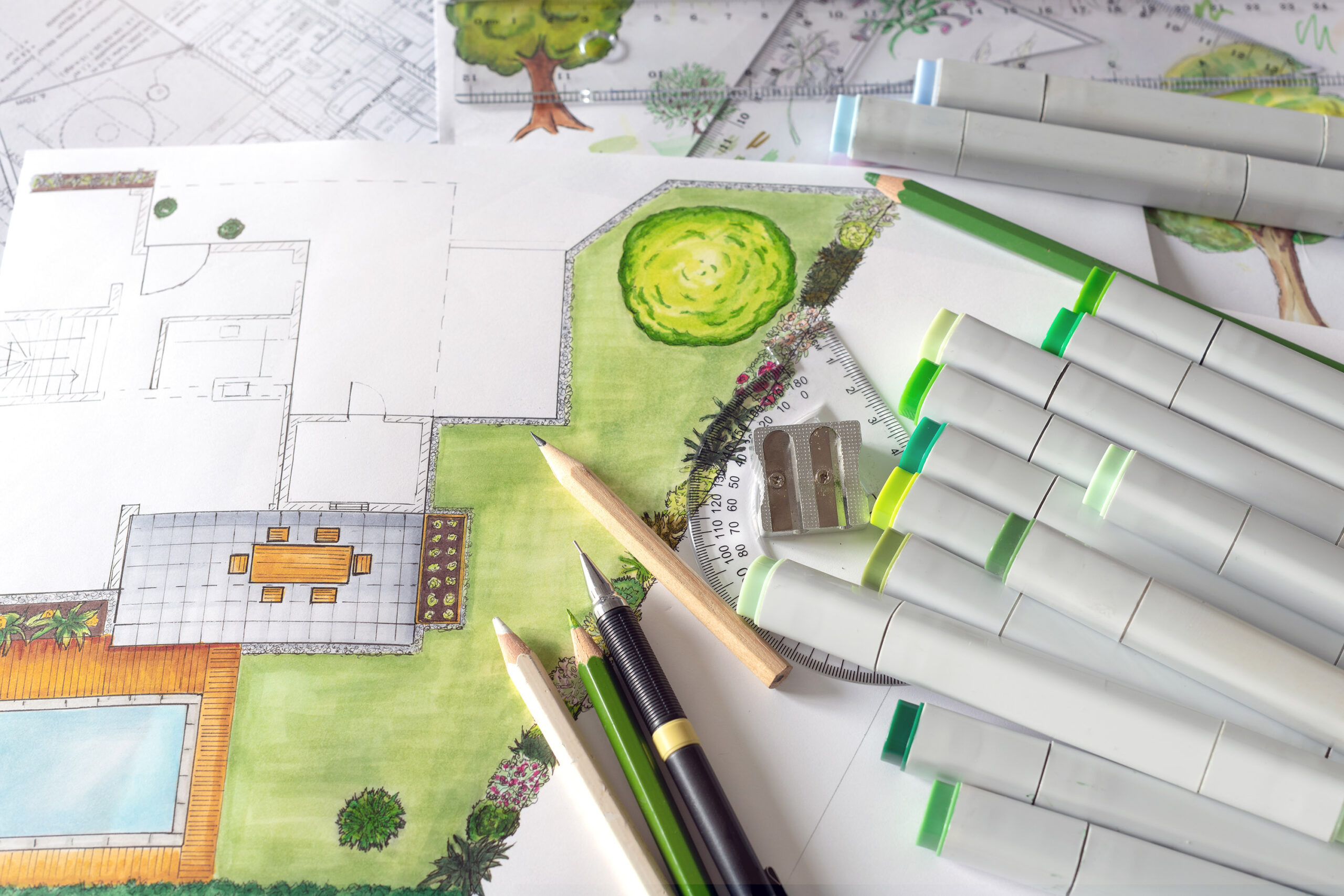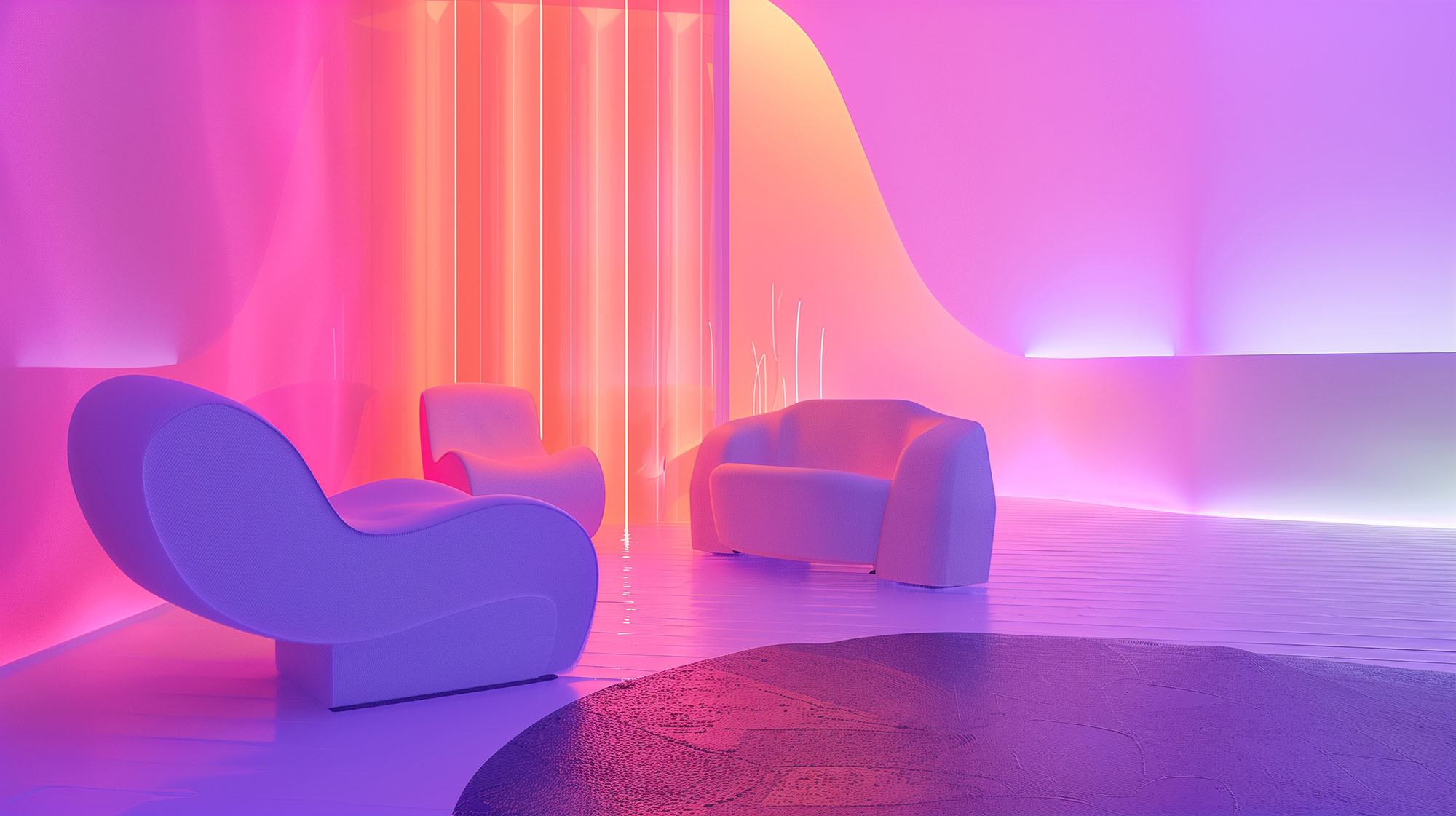|
Getting your Trinity Audio player ready...
|
A decade or so ago, a wistful quote from an unknown author swept across internet and quickly adorned Pinterest boards, Facebook groups, and Tumblr dashboards. It reads: “The truth is that airports have seen more sincere kisses than the wedding halls, and the walls of hospitals have heard more prayers than the walls of churches.”
Do you agree? Consider how people travel thousands of miles to marvel at elaborate cathedrals built centuries ago, oohing and aahing at the level of care and detail and hosting milestones at similar venues.
But what about the mundane spaces where we spend most of our lives? Or the ones we find ourselves when times are toughest, like the inside of a hospital? Sunlight has been traded for the fluorescent lights in the waiting room. The church pew is replaced with your loved one’s hospital bedside. And in joyful circumstances, these facilities see their fair share of miracles: life, new or regained.
So why don’t we hold design standards of healthcare facilities to the same degree as the buildings we choose to visit, where beauty and atmosphere are top of mind? Many builders have asked the same thing; the outcome is a new generation of patient-centered design.
“Architecture is really about well-being,” Iraqi British architect Zaha Hadid said. “I think that people want to feel good in a space… On the one hand it’s about shelter, but it’s also about pleasure.”
Read on for five examples of facilities that provide both care and comfort reimagined for the most vulnerable kinds of patients.
A Wait on the Wild Side

Gone are the days of wooden bead mazes and back issues of Highlights to entertain children waiting for the doctor, at least at Los Angeles-based Loma Linda University Children’s Hospital. Instead, little patients can forget their fears by playing in Loma Land, a 415-foot multiscreen interactive forest display that introduces them to their choice of animated creature to play with. Kids can customize their furry friends and dress them up in hip accessories before “releasing” them into the wild, all to the tune of calming nature sounds. Funded completed by donations, Loma Land showcases the healing power of high spirits.
Not Just Where but Who

The post-retirement age is supposed to be a comfortable one, when you trade in years of labor for others—family, career, or otherwise—and peacefully reflect on a life well-lived. Unfortunately, that’s a privilege not available to everyone, and seniors who come from underserved communities often find themselves deft of resources. The San Francisco-based Dr George Davis Senior Building, its namesake derived from the community activist and executive director of Bayview Senior Services, is a LEED-certified, affordable housing complex for seniors in the historically Black neighborhood of Bayview-Hunters Point. The building is rich with West African-inspired elements like fractal patterns and earthy oranges and browns, emphasizing and preserving the cultural identity of its community.
Oceans and Emotion

Mental healthcare facilities are traditionally some of the least cheerful places on earth. But the Child and Adolescent Mental Health Service (CAMHS) facility in Edinburgh, Scotland, was uniquely designed to feel like a serene “third space,” separate from the dreary environments of a hospital or loneliness of home. Inspired by the Victorian-era doctor’s order for a visit to the seaside to treat melancholia, the space’s aesthetic is distinctly nautical: bright blues and greens complement an orange lighthouse mural. Bedrooms have walls meant to be personalized, which meets the goal of giving patients a sense of ownership and control. It was even their input, collected from interviews, that informed the atmosphere.
A Womb of One’s Own

London-based architect Stiliyana Minkovska was inspired to reimagine a maternity ward setting that would leave behind the sterile and impersonal qualities often found in a typical hospital. The project, named Ultima Thule, consists of three specially designed chairs to aid in different stages of childbirth, offering mothers an “interstellar experience” of delivery. The first chair (Labour Silla) provides a wide place for flexible, comfortable birthing positions. The second (Parturition Stool) is tiered to offer a place for a partner to sit behind the mother and offer support. The third (Solace Chaise) functions as a “secure cocoon” for the parent and baby to rest and recover post-birth.
Good Designs for Good Boys and Girls

The efficiently designed Wallan Veterinary Hospital in Victoria, Australia, manages to solve several challenges at once. Its box-shaped, minimalist appearance prevents it from disrupting its suburban location, but it remains eye-catching thanks to its batten screening—a necessary feature to locate the 24-hour hospital quickly when faced with an emergency. Natural light pours through in the daytime, and by evening, a glow emanates from artificial lighting within. While the award-winning design is respected among the architecture community, there is perhaps nobody more positively impacted by such a calming environment than a nervous pet due for a checkup.
Editor’s note: The images included in this article are not directly associated with the featured projects.


